Equipment
Ping Cadence TR Putters
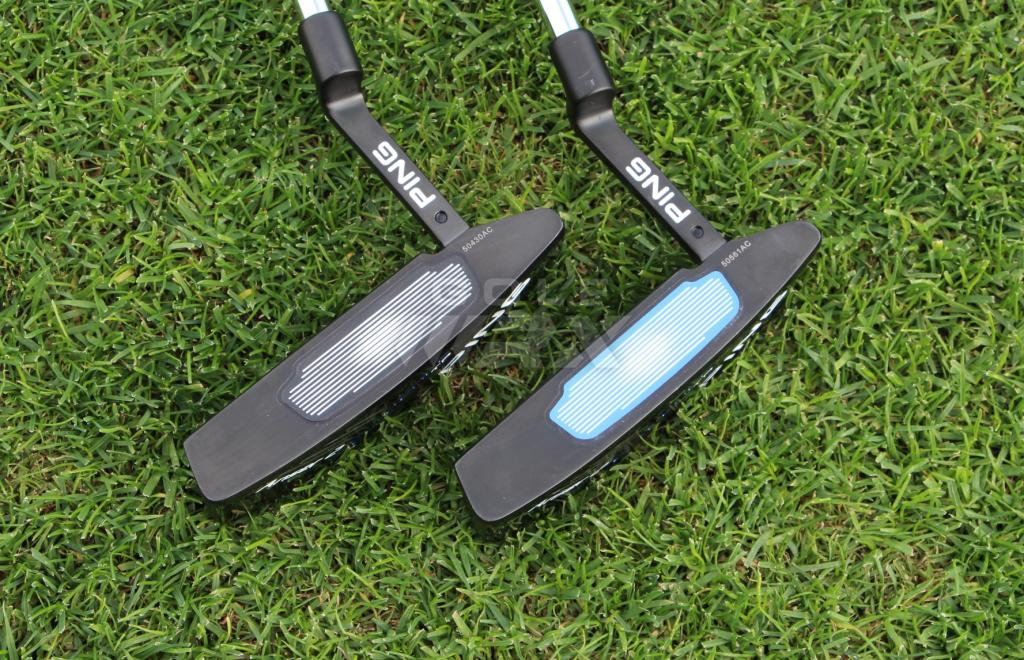
What if you could improve the consistency of your putting stroke just by changing the weight of your putter head?
That question led to the creation of Ping’s Cadence TR putters, which use two different inserts to allow golfers to choose between a standard or heavier version of the line’s seven different putter models.
The standard putters have blue, aluminum inserts, while the heavier putters have black, steel inserts that are between 25 and 33 grams heavier depending on the putter model.
The idea came from what Ping calls the “average putting tempo,” a ratio of the amount of time it takes for golfers to make a backswing with their putter divided by the amount of time it takes them to make their forward swing, which is complete when the putter makes contact with the ball.
What Ping learned — with help from its iPing app, which has recorded the data of more than 7 million putts from golfers around the world — was that the ratio was mostly affected by golfers’ backswing times.
“Downswing times don’t change that much,” says Marty Jertson, Ping’s director of product development. “The variation tends to be in people’s backswing times.”
According to Jertson, the average putting tempo is between 1.8 and 2.2, which accounts for roughly 35 percent of golfers.
Golfers on the lower end of the average or lower, which are usually those with quicker backstrokes, will likely putt better with lighter putters. Golfers on the higher end of the average or higher, which are usually those with slower backstrokes, will likely putt better with heavier putters – maybe even a counterbalanced putter.
On the fence between a standard, heavy or counterbalanced putter? Heavier putters tend to help golfers make more short putts, while lighter putters tend to improve distance control on longer putts, Jertson said.
The Cadence TR putters also have Ping’s next-generation True Roll (TR) insert, which has variable width, variable depth grooves that improve energy transfer on putts hit across the putter face. That helps putts hit on the heel and toe of the putters roll close to the same distance as putts hit on the sweet spot.
The line includes three new models: a blade called the Anser W, a mallet called the Rustler and a mid-mallet, center-shafted putter called the Tomcat C. Learn more about those models, as well as the Anser 2, Anser 2 CB, B65 and Ketch putters below.
The putters are currently available for pre-order and will be in stores in mid-February. Adjustable-length models carry a $35 upcharge.
Click here to see what GolfWRX Members are saying about the Cadence TR putters in our forum.
Anser 2 ($185)
- Head Weight: 340 grams (blue), 365 grams (black)
- Stroke Type: Slight Arc
*The Anser 2 is also available in a counterbalanced, or CB model ($235). It has a head weight of 400 grams (blue), a length of 38 inches and has a 50-gram counterweight in its 17-inch grip. The stroke type is Slight Arc.
Anser 2 W ($185)
- Head Weight: 350 grams (blue), 375 grams (black)
- Stroke Type: Slight Arc
B65 ($185)
- Head Weight: 340 grams (blue), 365 grams (black)
- Stroke Type: Straight
Ketsch ($245)
The Ketsch has a milled face, not an insert. The putter’s head weight is adjusted with a 17-4 stainless steel sole weight.
- Head Weight: 355 grams, 388 grams
- Stroke Type: Straight, Slight Arc or Strong Arc (achieved with different shaft bends)
Rustler ($215)
- Head Weight: 350 grams (blue), 383 grams (black)
- Stroke Type: Straight, Slight Arc or Strong Arc (achieved with different shaft bends)
Shea H ($185)
- Head Weight: 345 grams (blue), 378 grams (black)
- Stroke Type: Strong Arc
Tomcat C ($185)
- Head Weight: 355 grams (blue), 380 grams (black)
- Stroke Type: Straight
Click here to see what GolfWRX Members are saying about the Cadence TR putters in our forum.
- LIKE44
- LEGIT50
- WOW18
- LOL3
- IDHT3
- FLOP3
- OB5
- SHANK4
Equipment
Welcome to the family: TaylorMade launches PUDI and PDHY utility irons
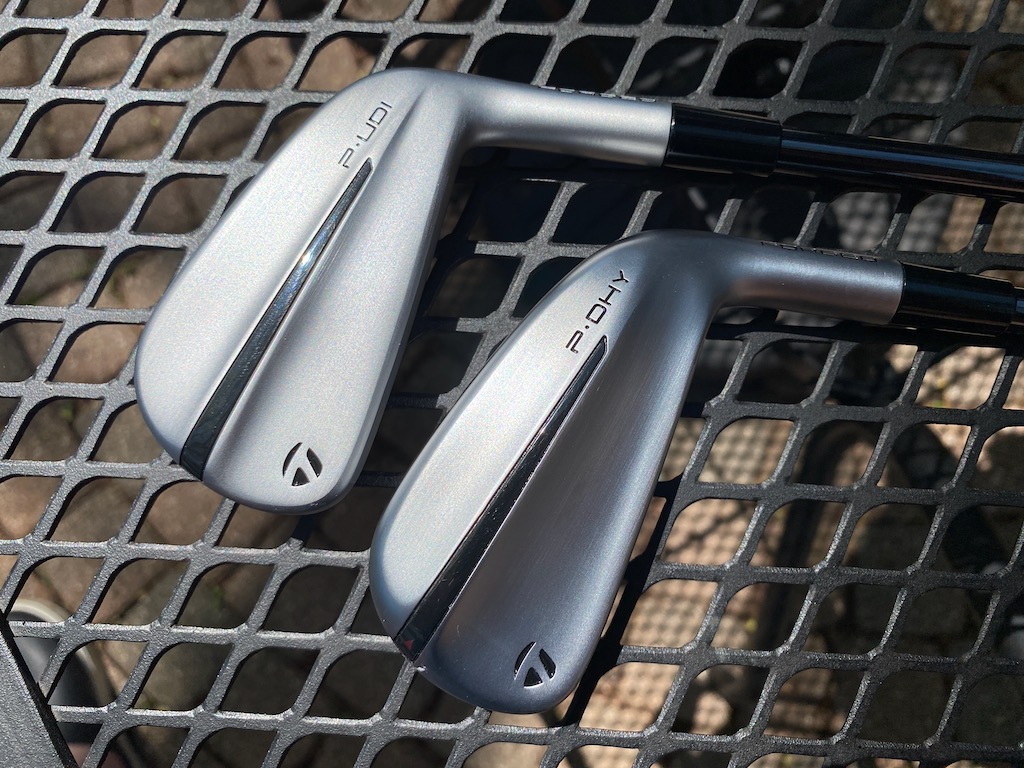
TaylorMade is continuing its UDI/DHY series with the successor to the Stealth UDI and DHY utility irons: PUDI and PDHY (which the company styles as P·UDI and P·DHY). TaylorMade is folding the designs in with its P Series of irons.
TaylorMade outlined the process of developing its new utilities this way. The company started with the data on utility iron usage. Not surprisingly, better players — i.e. those who generate more clubhead speed and strike the ball more precisely — were found to gravitate toward the UDI model. DHY usage, however, covered a wider swath than the company might have expected with six-to-18 handicappers found to be bagging the club.
TaylorMade also found that the majority of golfers playing UDI or DHY utilities were playing P Series irons at the top of their iron configurations.
Can you see where this is going?
Matt Bovee, Director of Product Creation, Iron and Wedge at TaylorMade: “As we look to the future, beyond the tech and the design language, we are excited about repositioning our utility irons into the P·Series family. P·UDI is an easy pair for players that currently play P·Series product and P·DHY is an extremely forgiving option for players of all skill levels. It is a natural fit to give these players the performance in this category that they are looking for.”
View this post on Instagram
TaylorMade PUDI
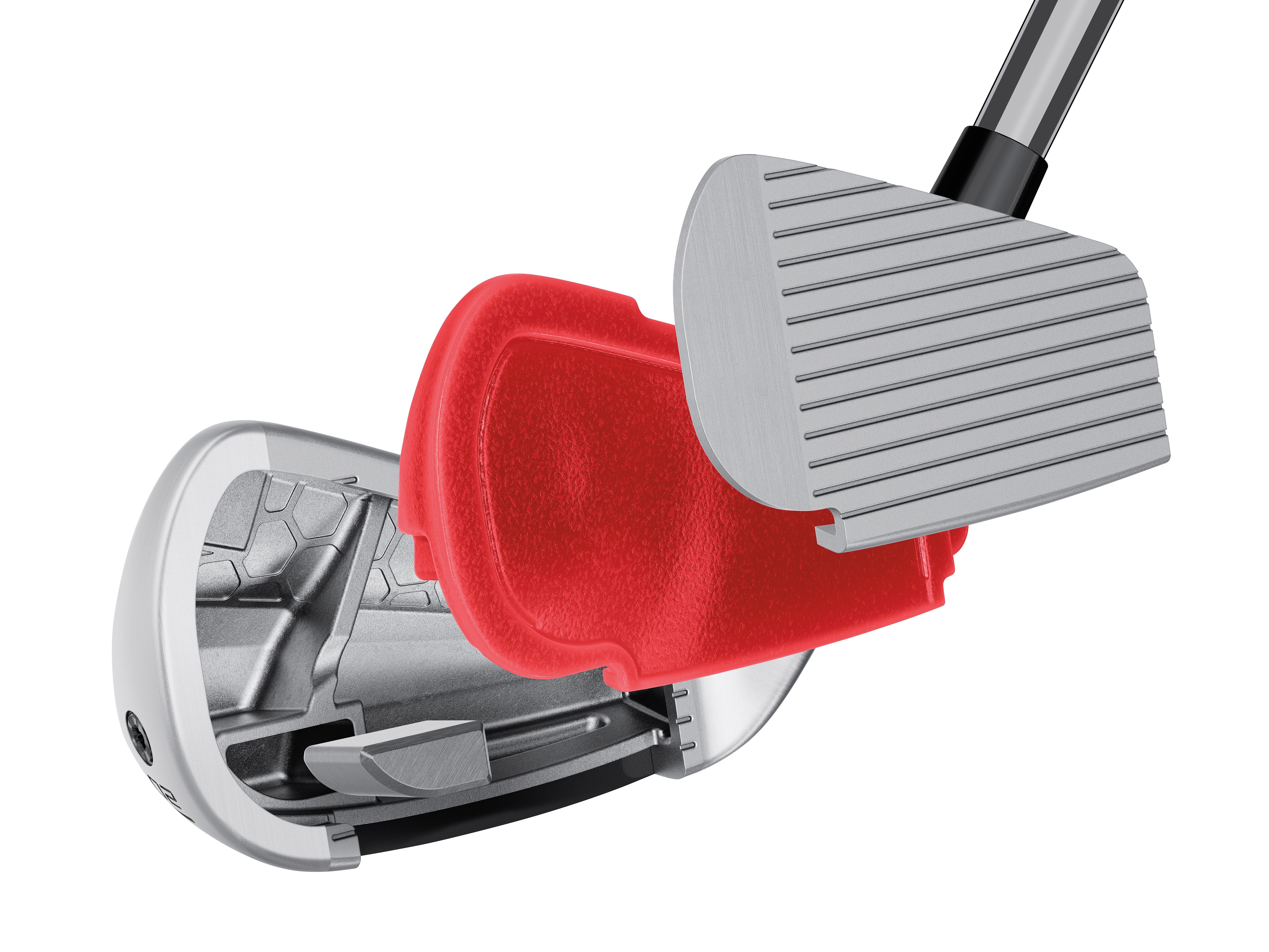
TaylorMade PUDI technology cutaway (via TaylorMade)
Crafted with tour player input, TaylorMade sought to develop a confidence-inspiring utility iron that blends with the rest of the P Series irons. Also of note: Interestingly, the PUDI has a more compact head than the P790.
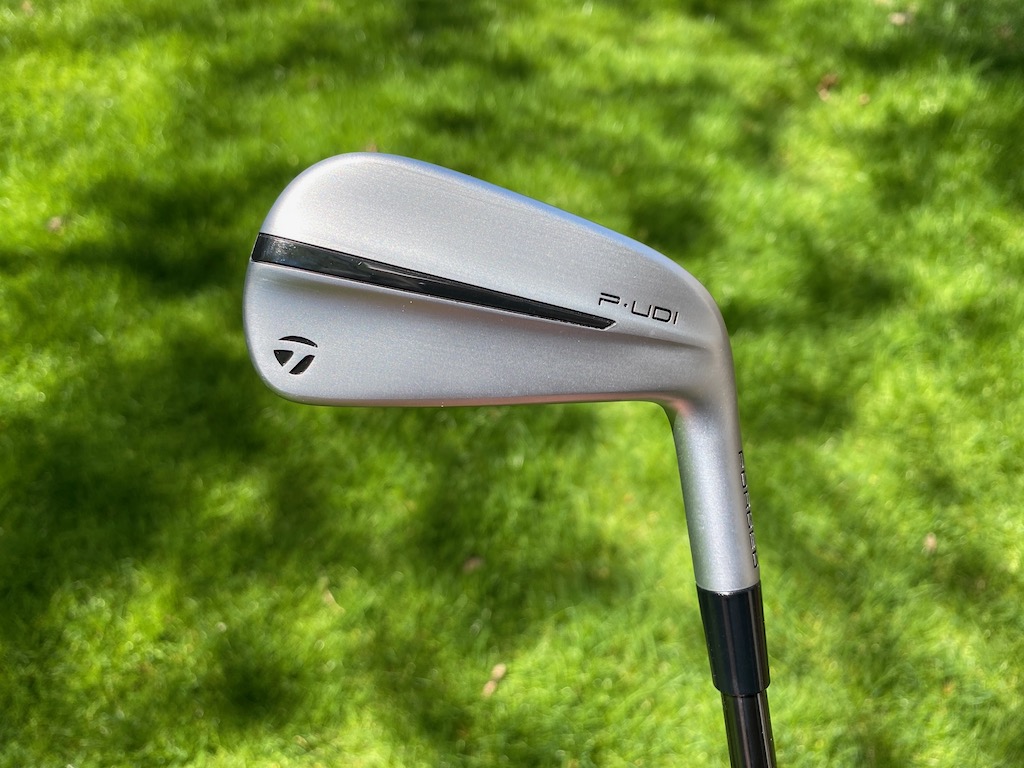
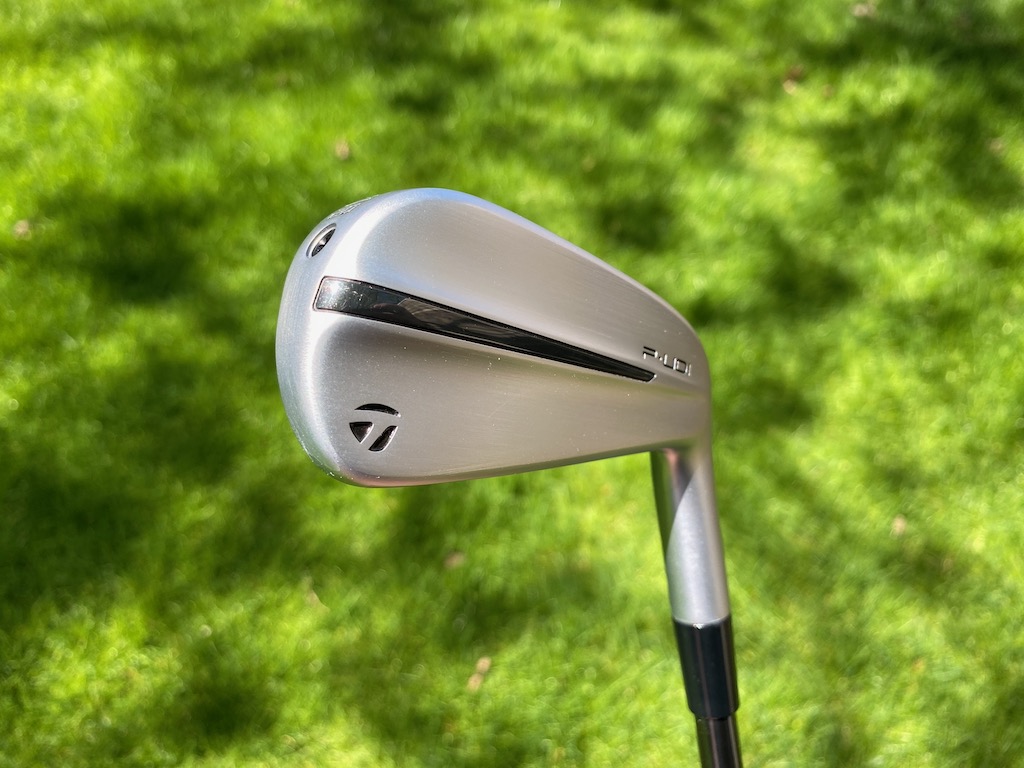
In comparison to past UDI products, the PUDI has a more traditional iron shape, slimmer toplines, and less offset with a little of the backbar visible at address.
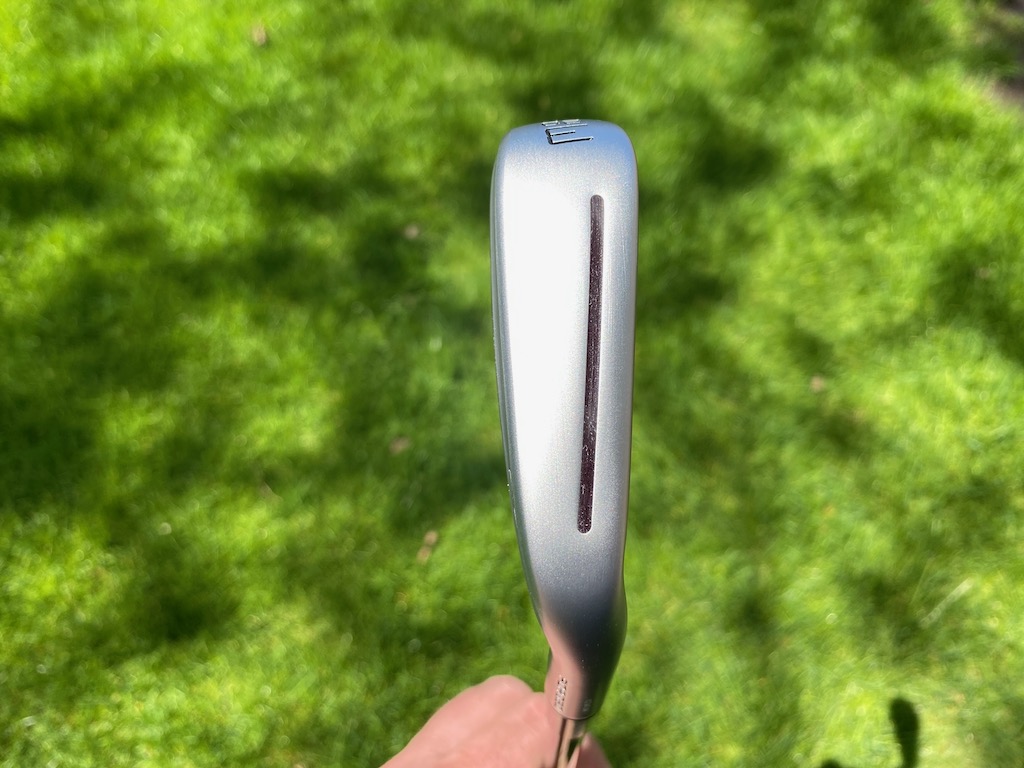

TaylorMade PDHY
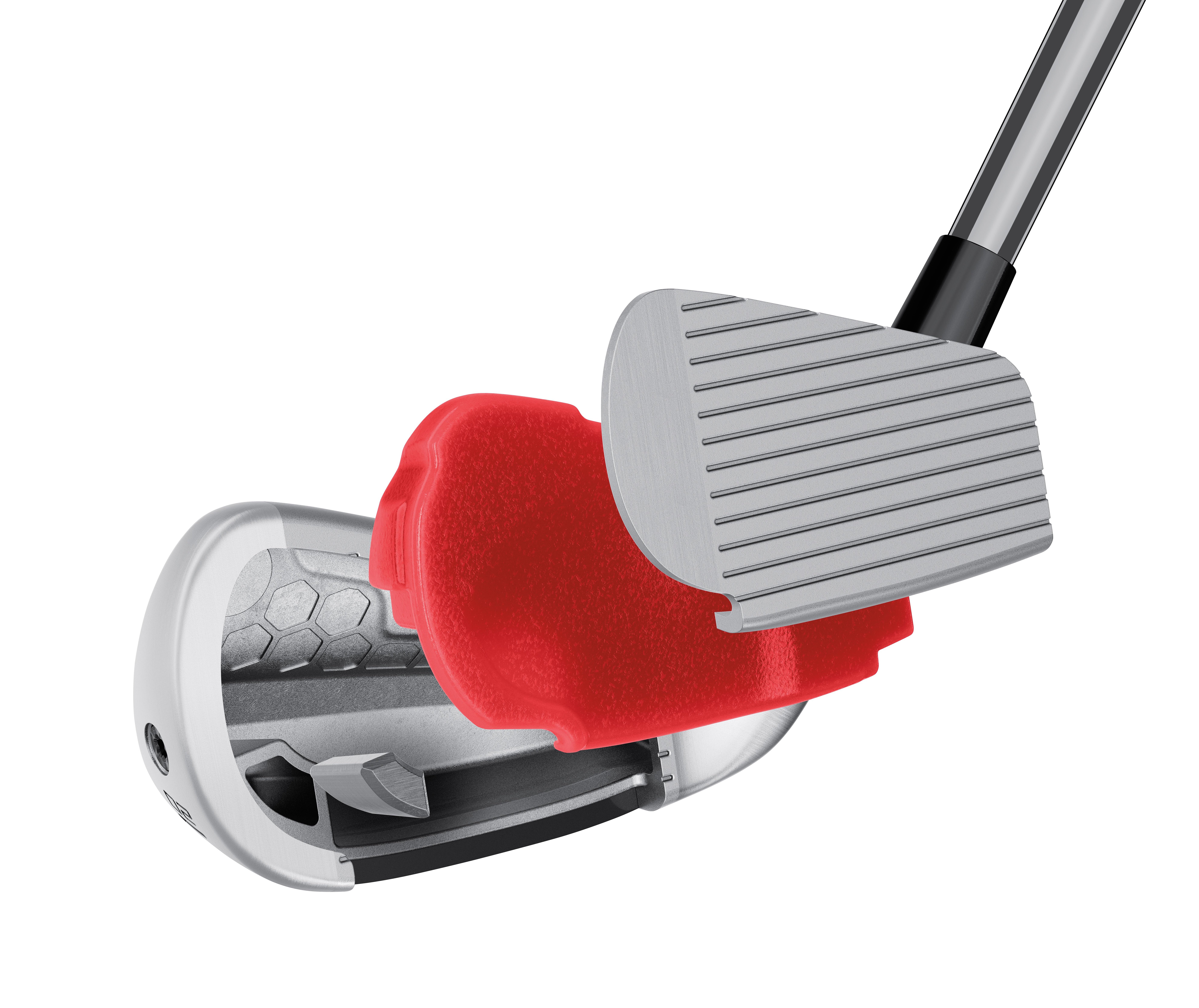
TaylorMade PDHY tech cutaway (via TaylorMade).
Larger in profile than the PUDI, the PDHY seeks to position center of gravity (CG) lower in the club for ease of launch. The toe height is larger and the profile is larger at address — roughly five millimeters longer than PUDI — the sole of the club is wider for improved forgiveness.
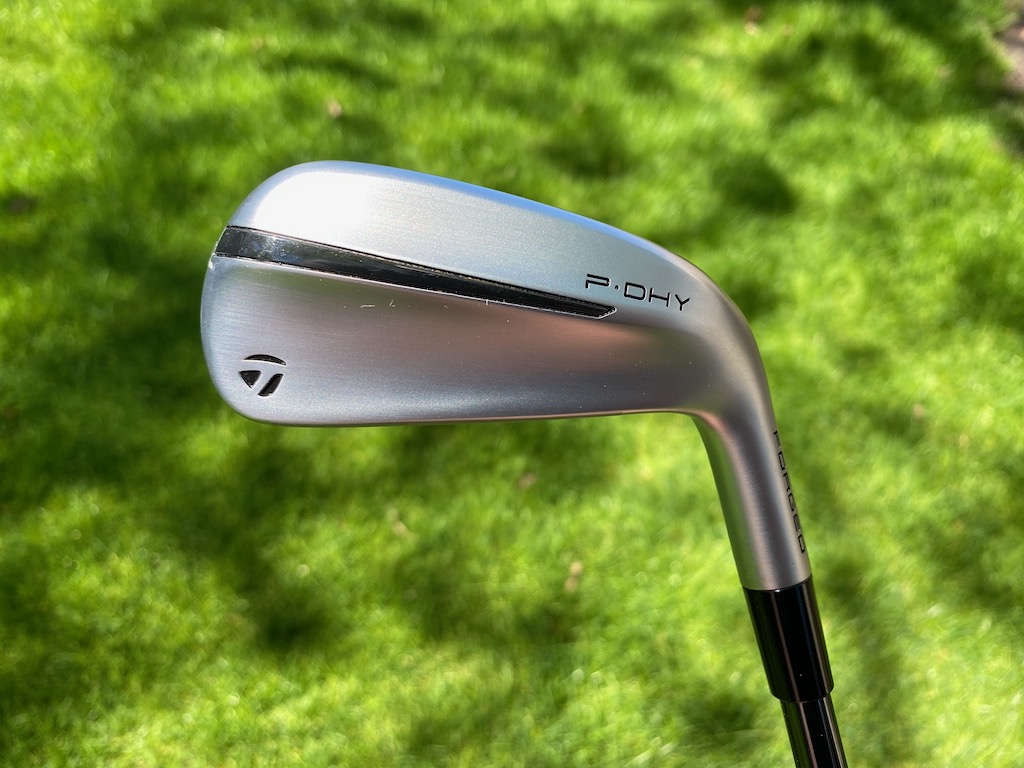



Club Junkie’s take
Golfers who feel like they are missing something at the top of the bag could find the PUDI or PDHY a great option. The look of the PUDI should fit the most discerning eye with a more compact look, less offset, and a thinner topline. If you want a little more confidence looking down the P-DHY will be slightly larger while still being a good-looking utility iron.
For being small packages both models pack a pretty good punch with fast ball speeds, even off-center. The feel is soft and you get a solid feel of the ball compressing off the face when you strike it well. Your ears are greeted with a nice heavy thud as the ball and club come together. The PDHY will launch a little higher for players who need it while the PUDI offers a more penetrating ball flight. Both utility irons could be the cure for an open spot in the top end of the bag.
PUDI, PDHY, or Rescue?
TaylorMade offers the following notes to assist golfers in filling out their bags:
- PUDI has mid-CG right behind the center face to create a more penetrating mid-to-low ball flight
- PDHY has a lower center of gravity to produce an easier-to-launch mid-to-high ball flight.
- Both PUDI and PDHY are lower-flying than the company’s hybrid/Rescue clubs.
- PUDI is more forgiving than P790.
- PDHY is the most forgiving iron in the entire TaylorMade iron family
Pricing, specs, and availability
Price: $249.99
At retail: Now
Stock shafts: UST Mamiya’s Recoil DART (105 X, 90 S and 75 R – only in PDHY)
Stock grip: Golf Pride’s ZGrip (black/grey)
PUDI lofts: 2-17°, 3-20°, 4-22° in both left and right-handed
PDHY lofts: 2-18°, 3-20° and 4-22° in both left and right-handed
- LIKE1
- LEGIT0
- WOW0
- LOL0
- IDHT0
- FLOP0
- OB0
- SHANK0
Equipment
Coolest thing for sale in the GolfWRX Classifieds (5/3/24): Scotty Cameron Champions Choice 2.5+ putter

At GolfWRX, we are a community of like-minded individuals that all experience and express our enjoyment of the game in many ways.
It’s that sense of community that drives day-to-day interactions in the forums on topics that range from best driver to what marker you use to mark your ball. It even allows us to share another thing we all love – buying and selling equipment.
Currently, in our GolfWRX buy/sell/trade (BST) forum, there is a listing for a Scotty Cameron Champions Choice 2.5+ putter
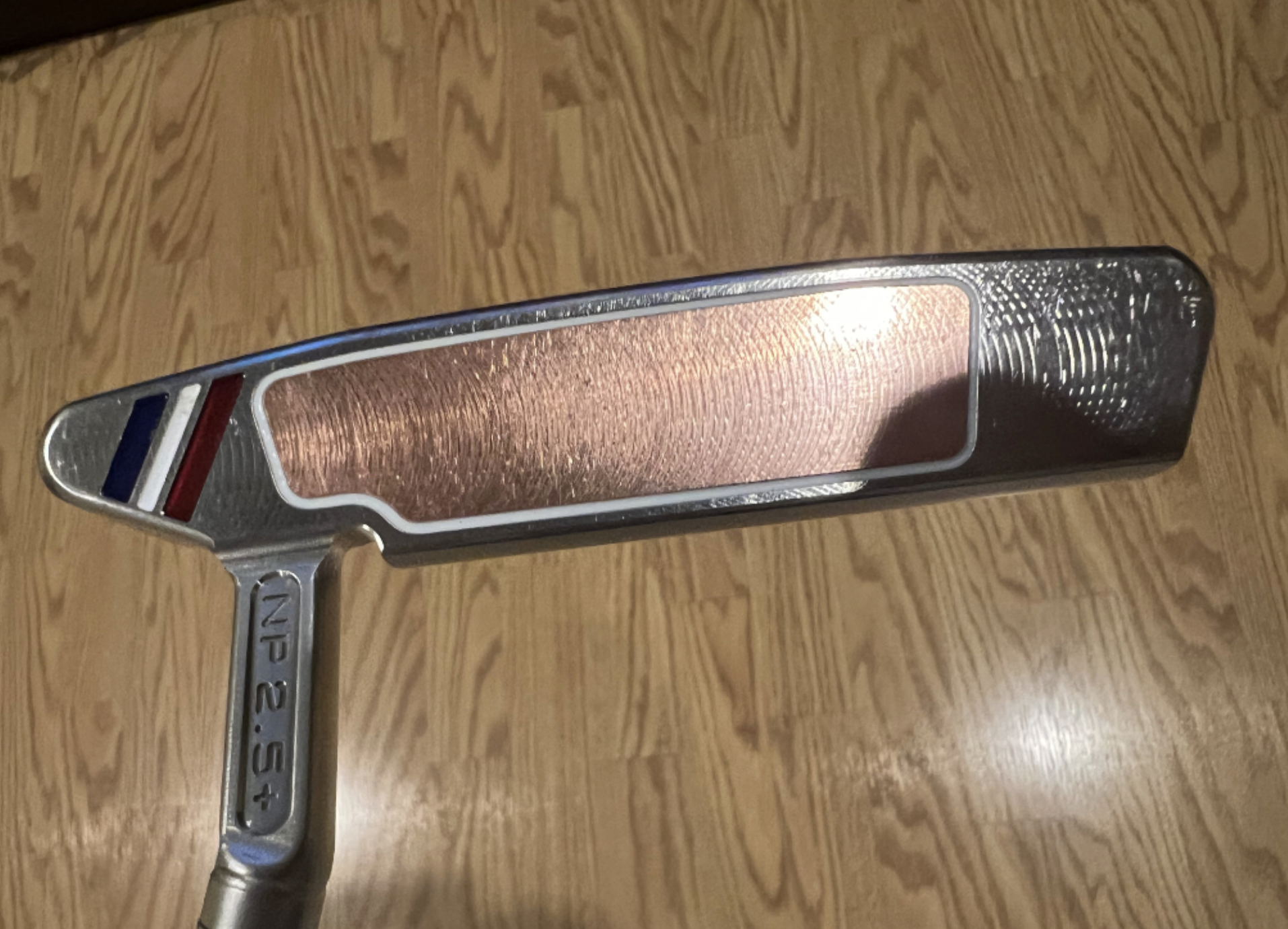
From the seller: (@wwcl): “Has been gamed as pics show. 33.5 includes original h/c and grip. $575 includes shipping and PP fees.”
To check out the full listing in our BST forum, head through the link: Scotty Cameron Champions Choice 2.5+ putter
This is the most impressive current listing from the GolfWRX BST, and if you are curious about the rules to participate in the BST Forum you can check them out here: GolfWRX BST Rules
- LIKE1
- LEGIT0
- WOW0
- LOL0
- IDHT0
- FLOP0
- OB0
- SHANK0
Whats in the Bag
Richy Werenski WITB 2024 (May)
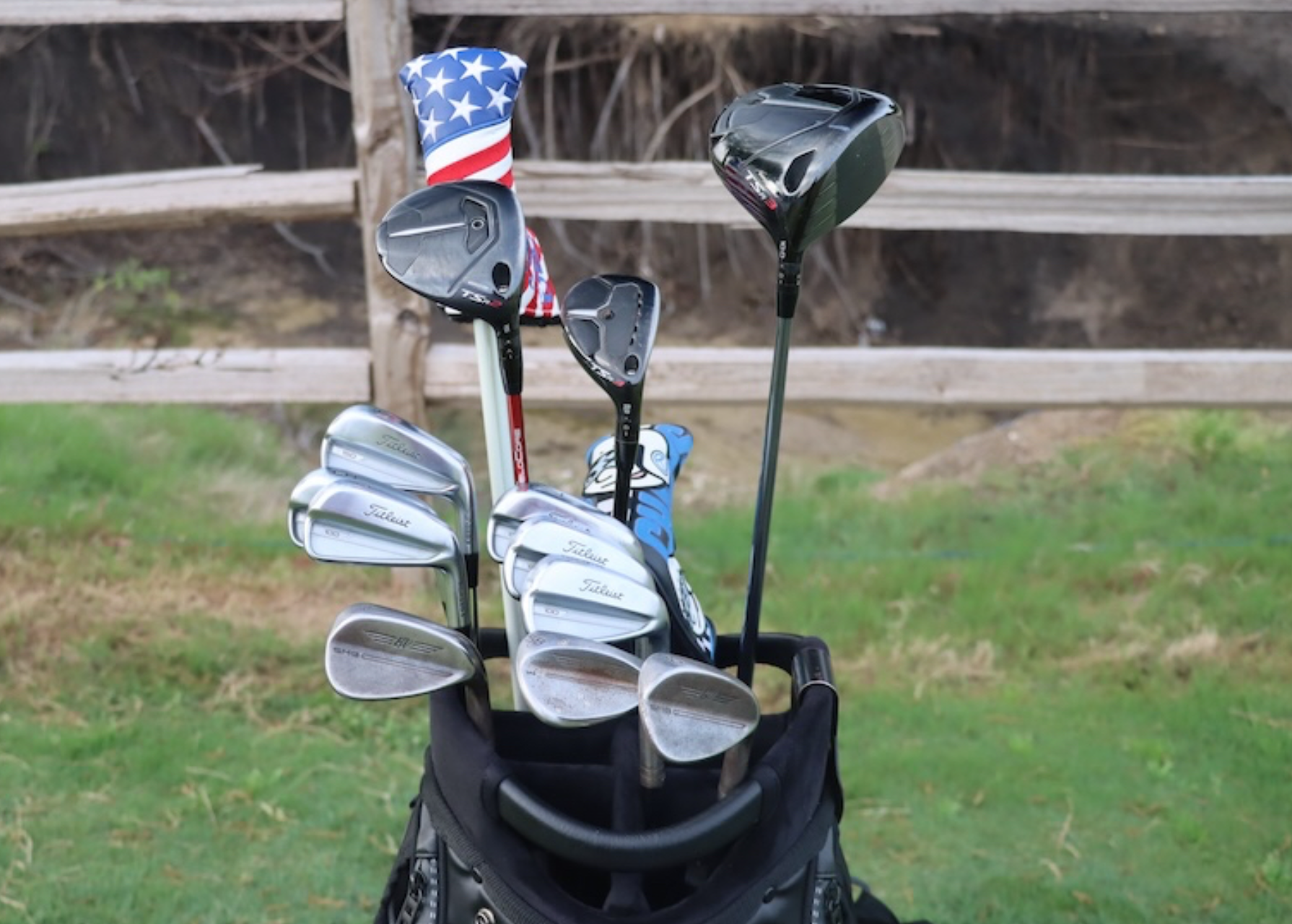
- Richy Werenski what’s in the bag accurate as of the CJ Cup Houston Open.
Driver: Titleist TSR3 (10 degrees, D1 SureFit setting)
Shaft: Mitsubishi Diamana PD 60 TX
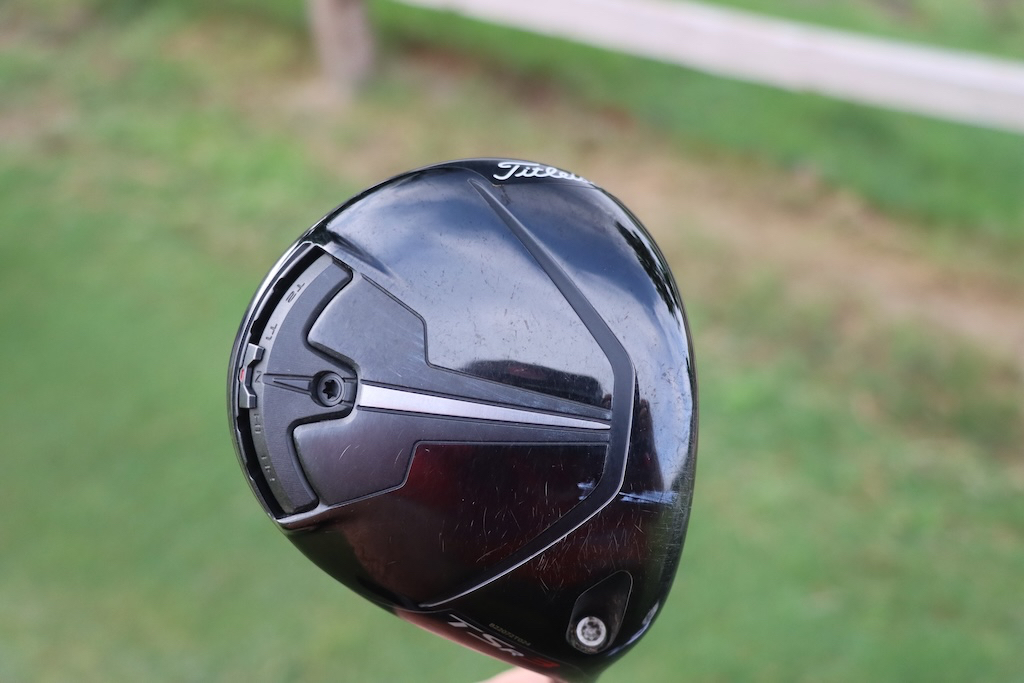
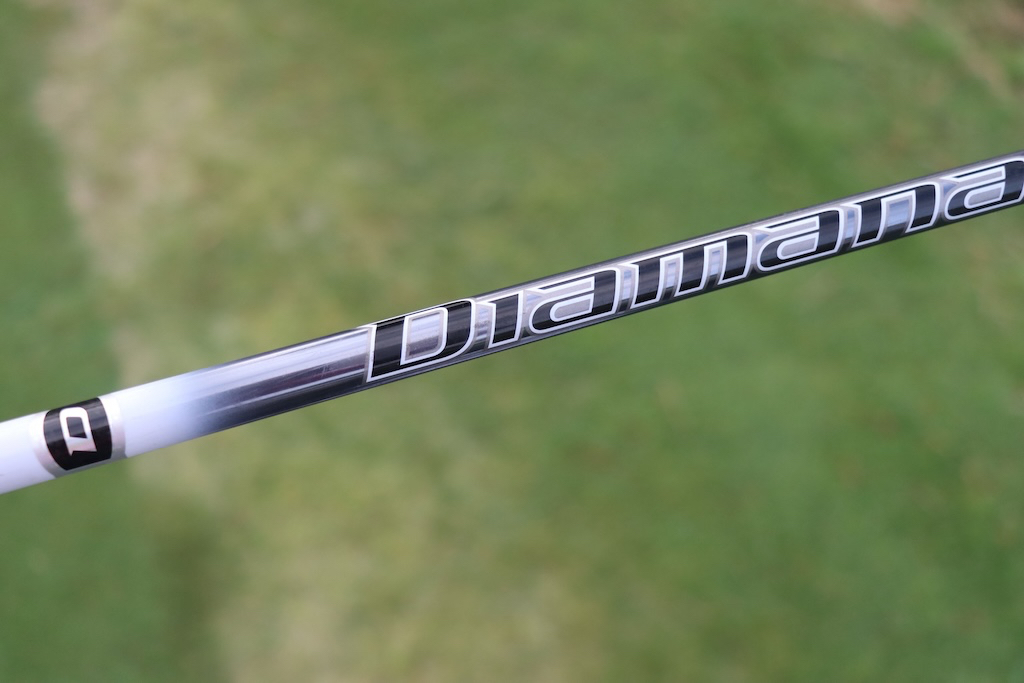
3-wood: Titleist TSR2 (15 degrees, A1 SureFit setting)
Shaft: Fujikura Ventus Red 8 X
Hybrid: Titleist TSR3 (19 degrees, D1 SureFit setting)
Shaft: Mitsubishi Tensei CK Pro White Hybrid 90 TX
Irons: Titleist T100 (4-9)
Shafts: Nippon N.S. Pro Modus3 Tour 105 S
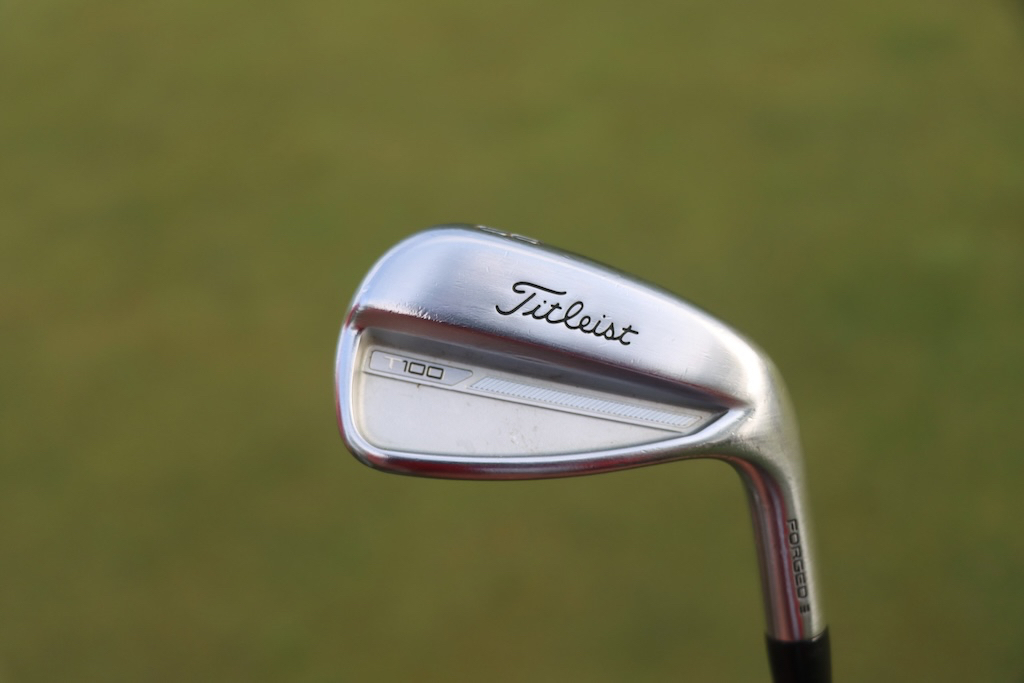
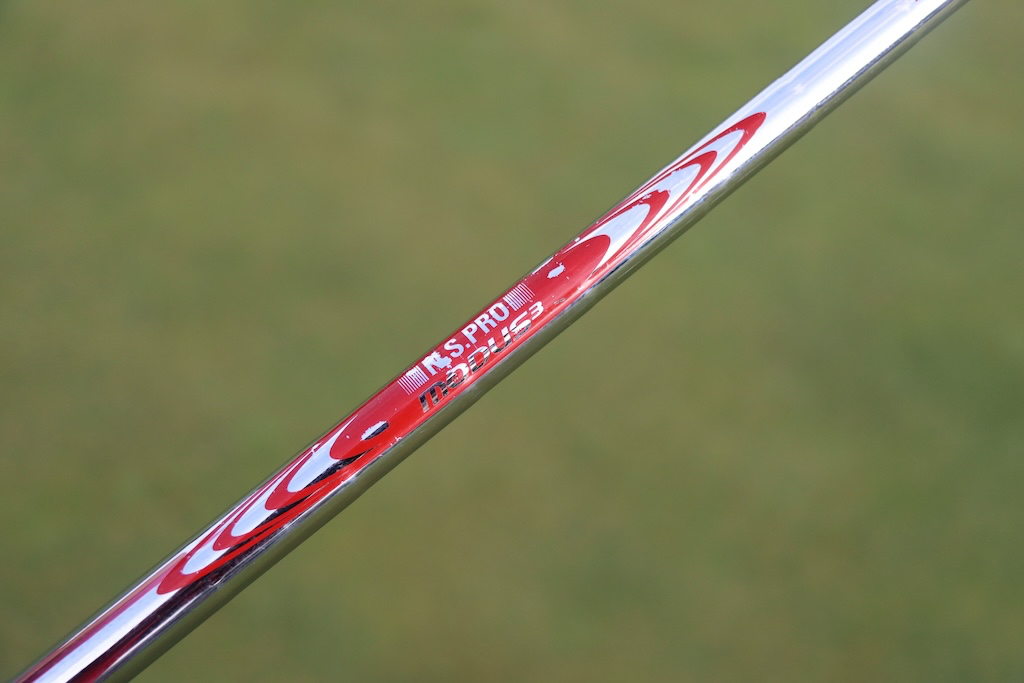
Wedges: Titleist Vokey Design SM9 (46-10F, 50-12F), Titleist Vokey Design WedgeWorks Proto (54-M, 58-L @60)
Shafts: True Temper Dynamic Gold Tour Issue X100 Onyx (46-50), True Temper Dynamic Gold Tour Issue S400 Onyx (54-60)
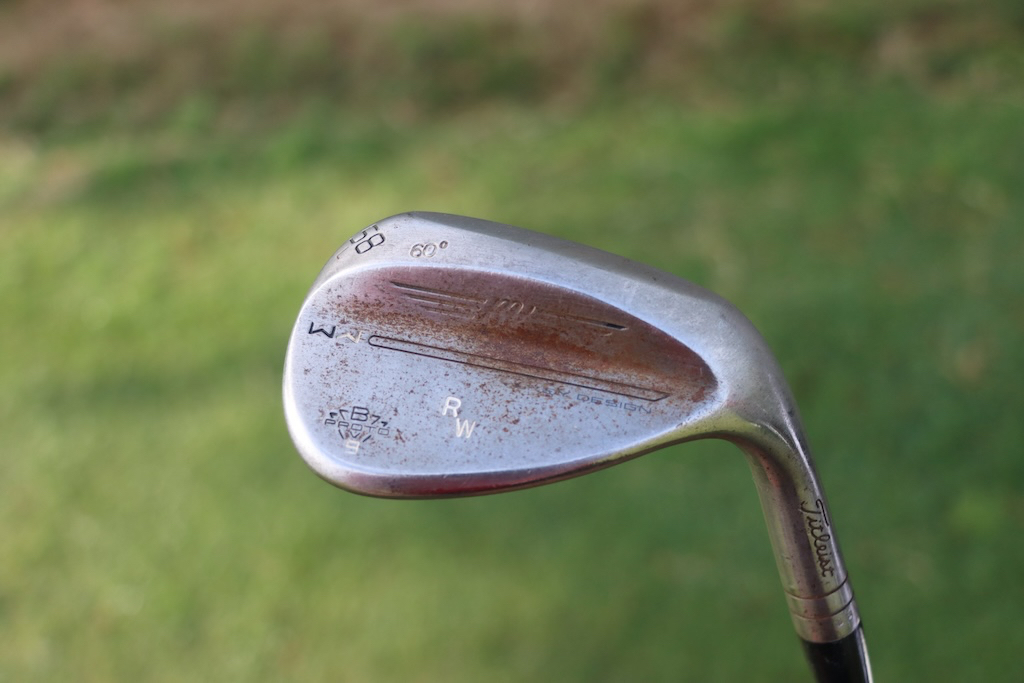
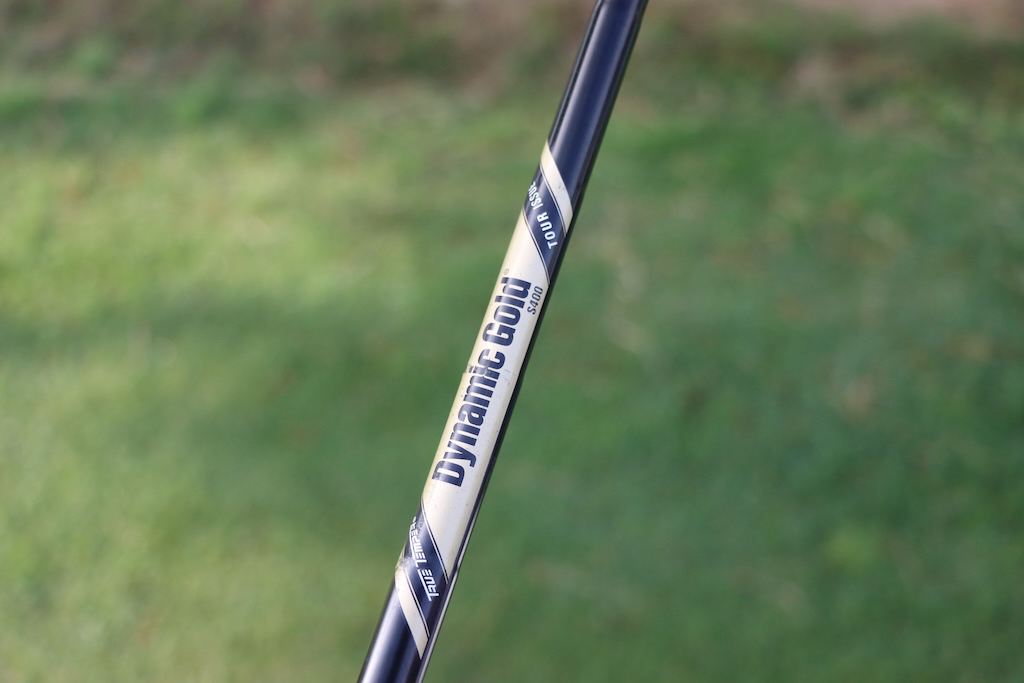
Putter: Scotty Cameron prototype
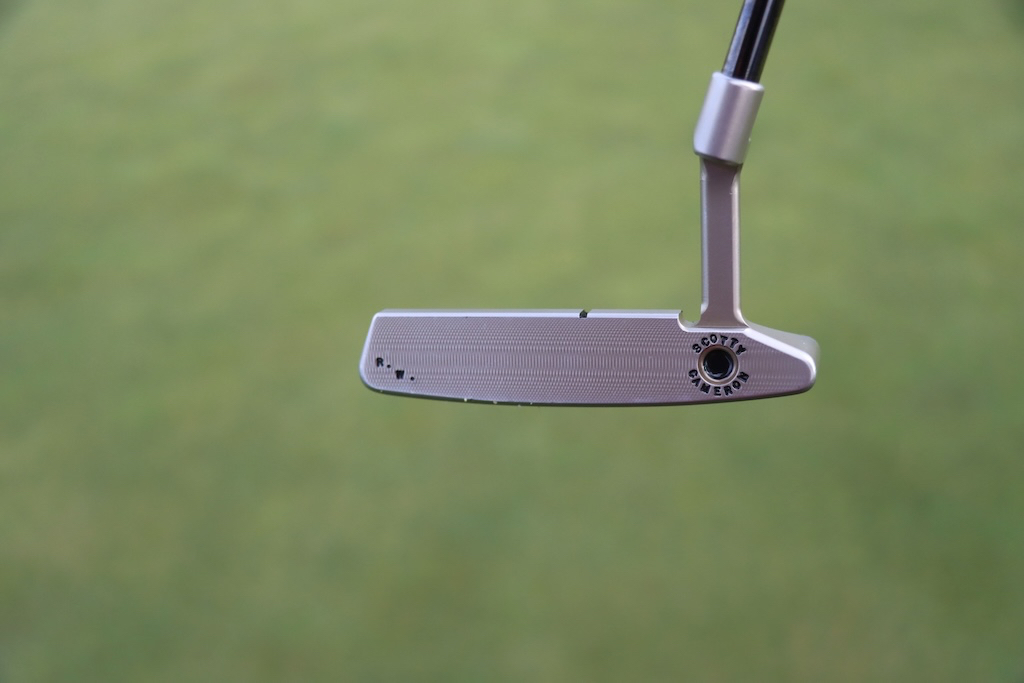
Ball: Titleist Pro V1x Left Dash
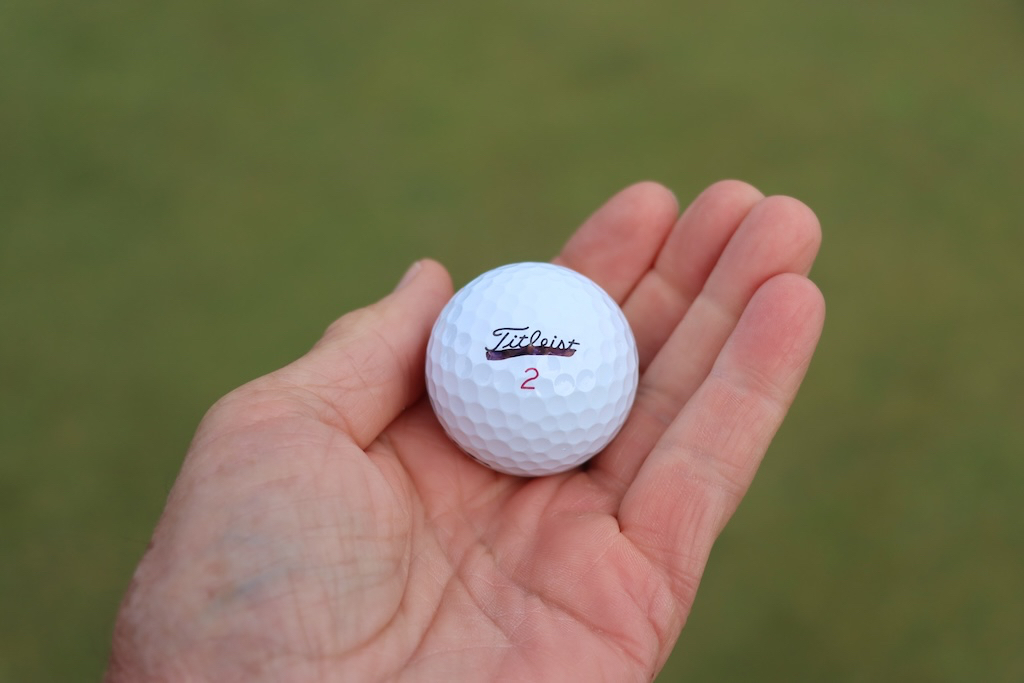
Grips: Golf Pride ZGrip Cord
Check out more in-hand photos of Richy Werenski’s clubs in the forums.
- LIKE1
- LEGIT0
- WOW0
- LOL0
- IDHT0
- FLOP0
- OB0
- SHANK0
-

 19th Hole2 weeks ago
19th Hole2 weeks agoJustin Thomas on the equipment choice of Scottie Scheffler that he thinks is ‘weird’
-

 19th Hole2 weeks ago
19th Hole2 weeks ago‘Absolutely crazy’ – Major champ lays into Patrick Cantlay over his decision on final hole of RBC Heritage
-

 19th Hole3 weeks ago
19th Hole3 weeks agoTwo star names reportedly blanked Jon Rahm all week at the Masters
-

 19th Hole2 weeks ago
19th Hole2 weeks agoReport: LIV Golf identifies latest star name they hope to sign to breakaway tour
-

 19th Hole3 weeks ago
19th Hole3 weeks agoNeal Shipley presser ends in awkward fashion after reporter claims Tiger handed him note on 8th fairway
-

 19th Hole2 weeks ago
19th Hole2 weeks agoBrandel Chamblee has ‘no doubt’ who started the McIlroy/LIV rumor and why
-

 19th Hole7 days ago
19th Hole7 days agoLET pro gives detailed financial breakdown of first week on tour…and the net result may shock you
-

 Equipment2 weeks ago
Equipment2 weeks agoJason Day on his recent switch into Srixon ZX5 and ZX7 Mk II irons

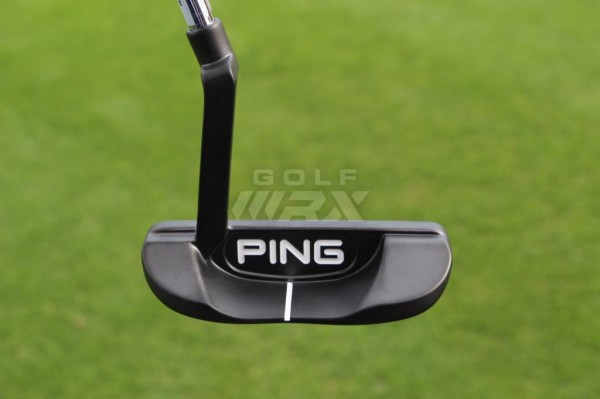
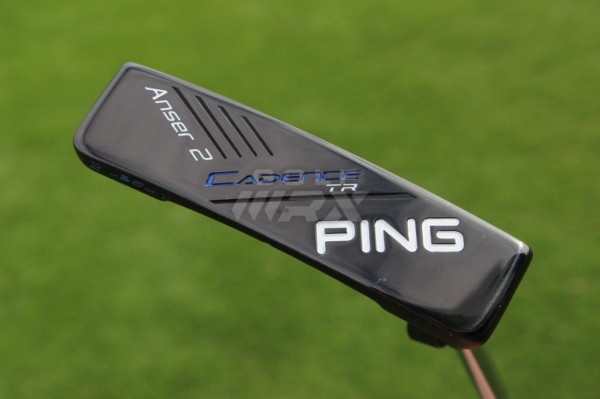
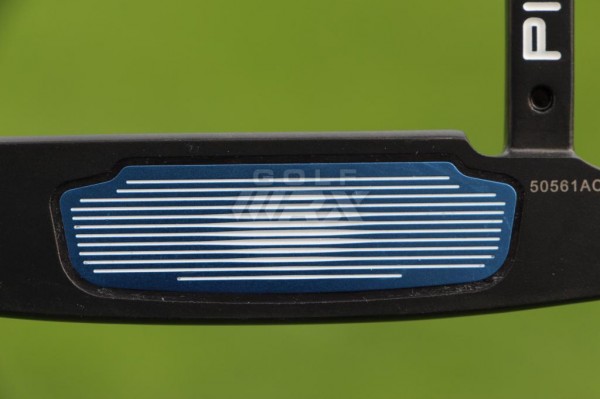
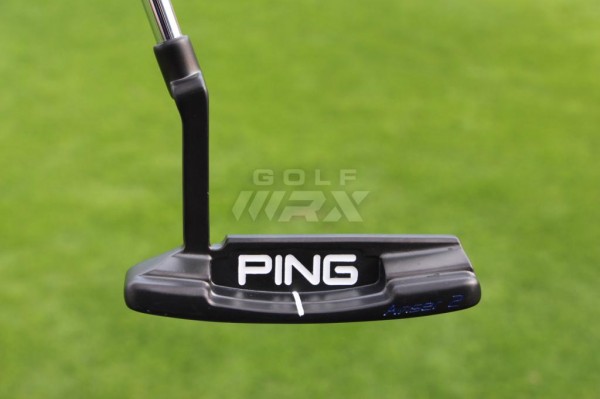
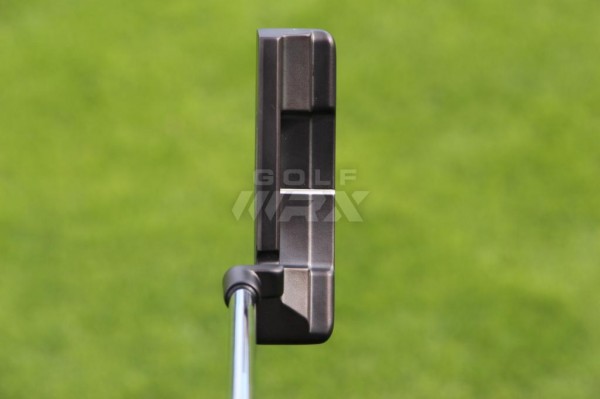
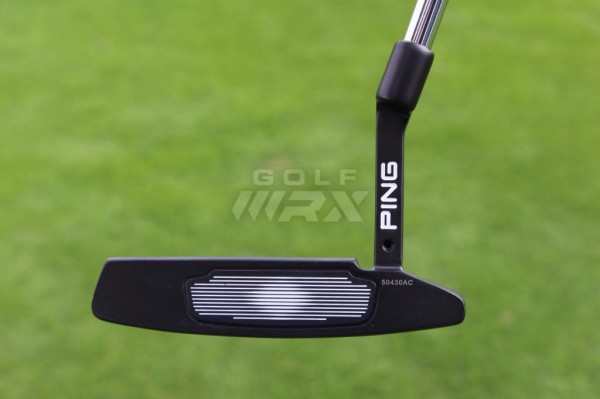
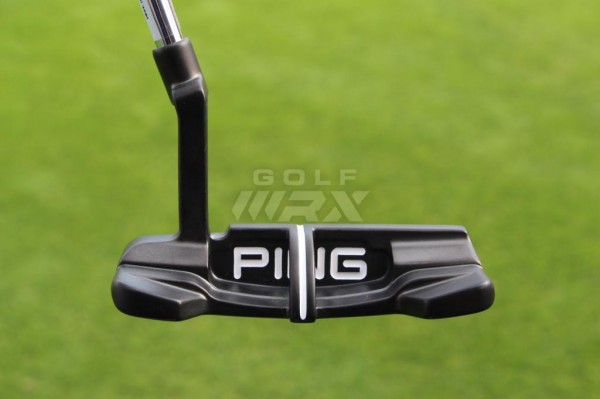
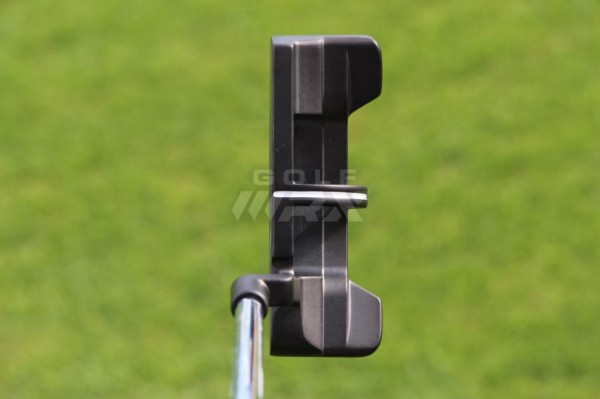
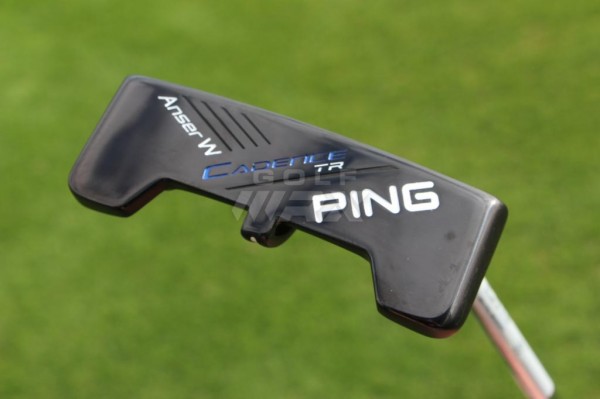
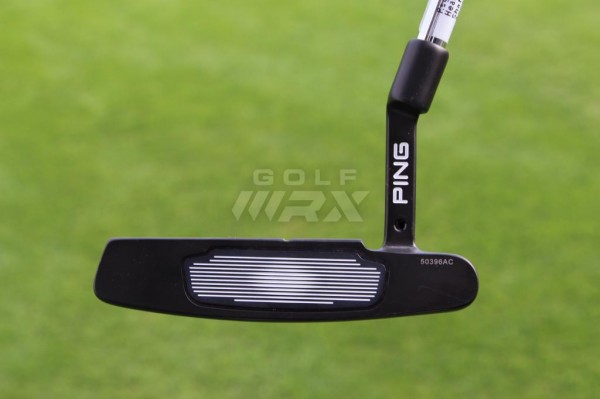
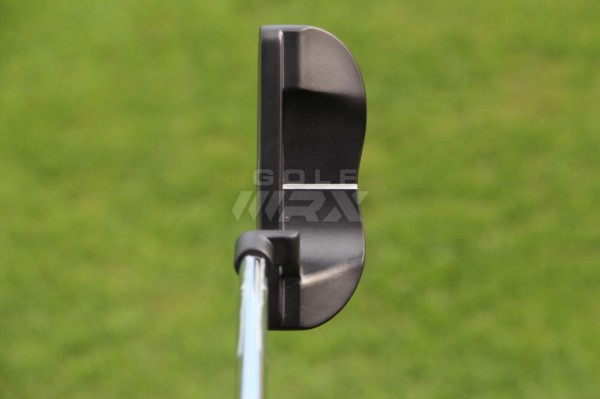
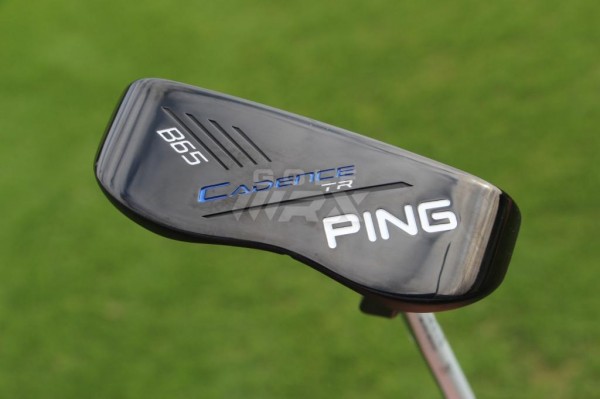
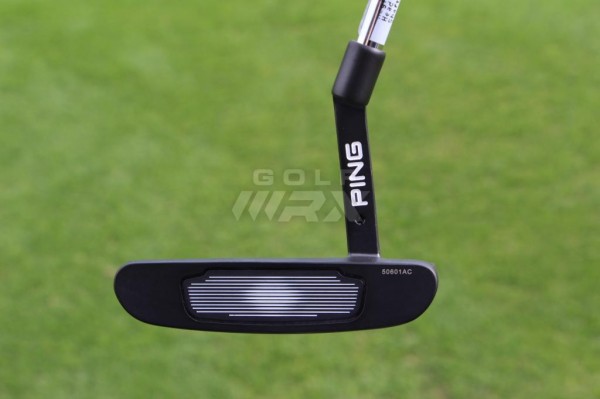
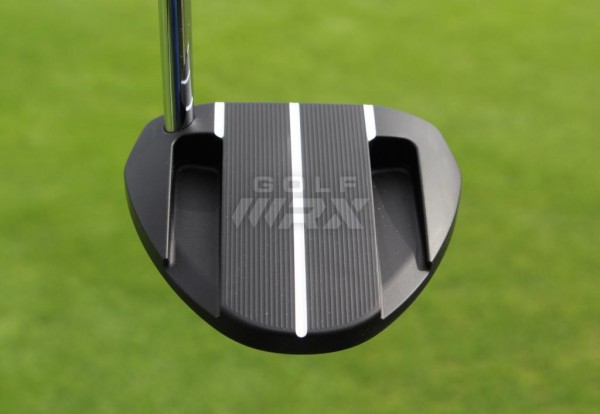
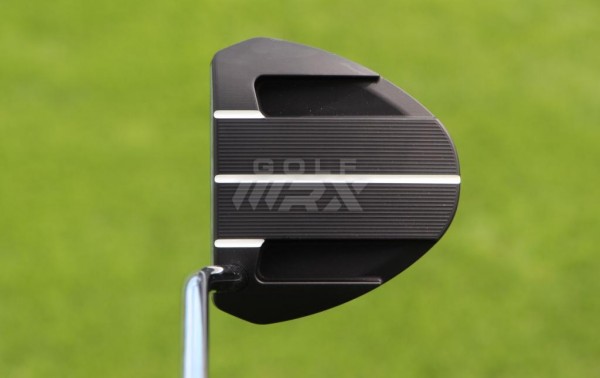
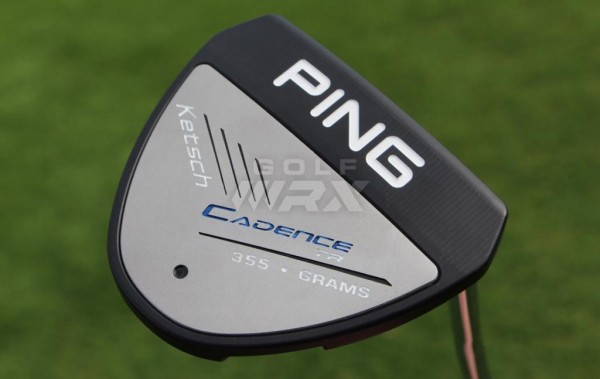
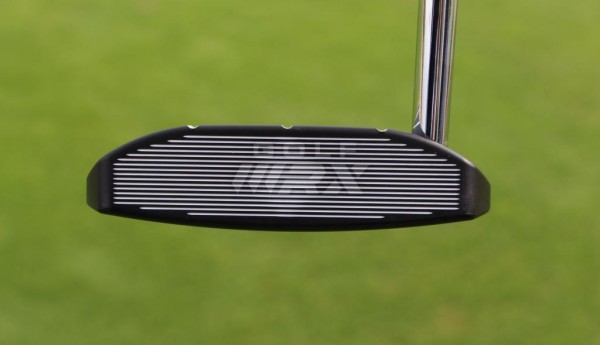
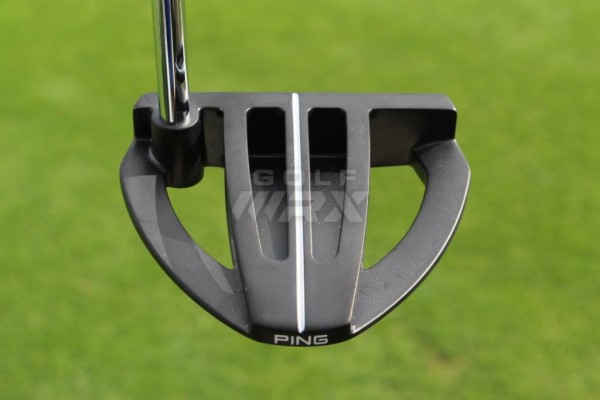
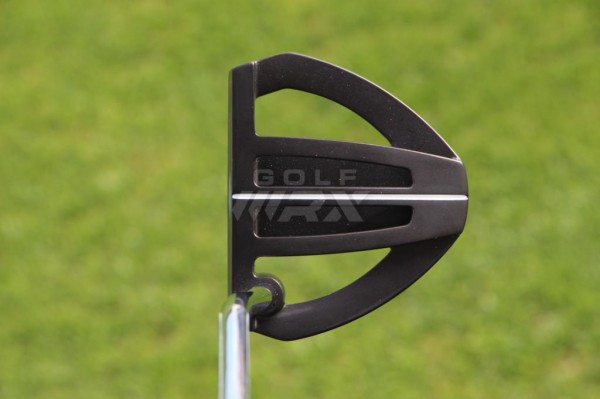
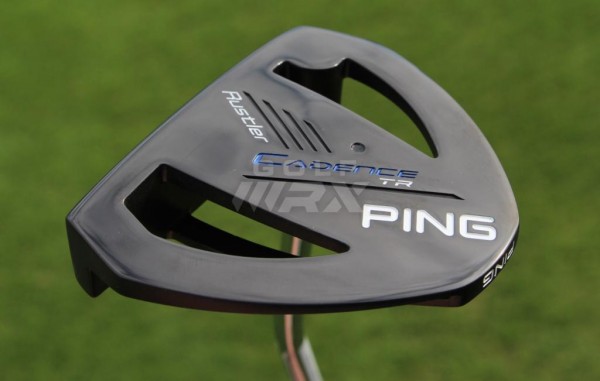
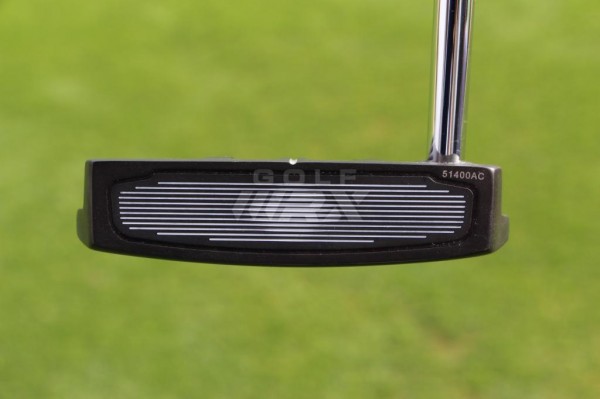
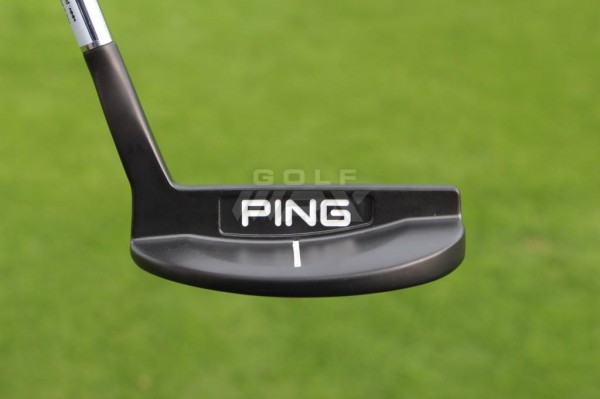
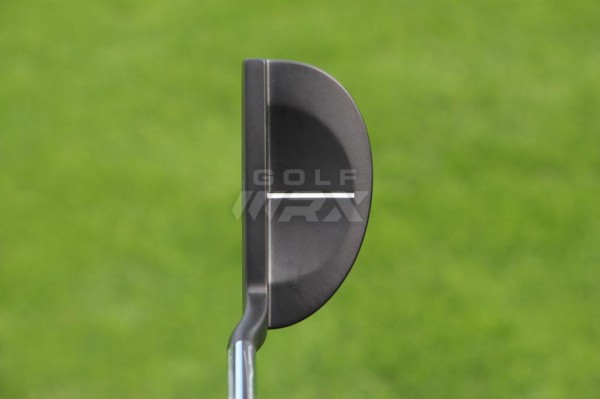
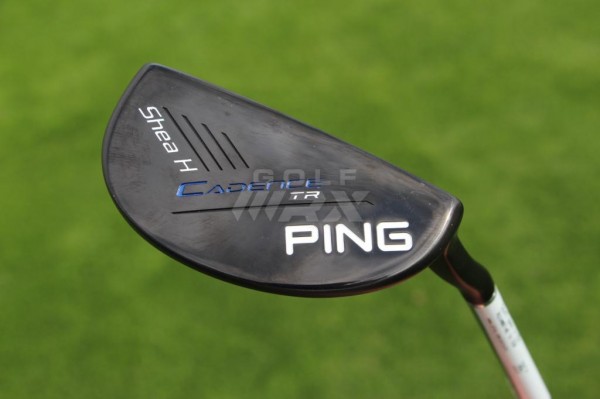
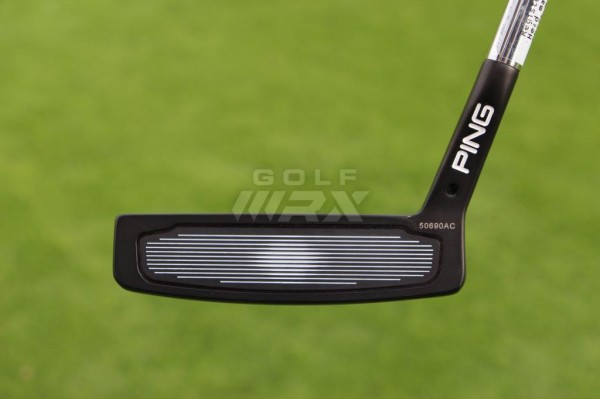
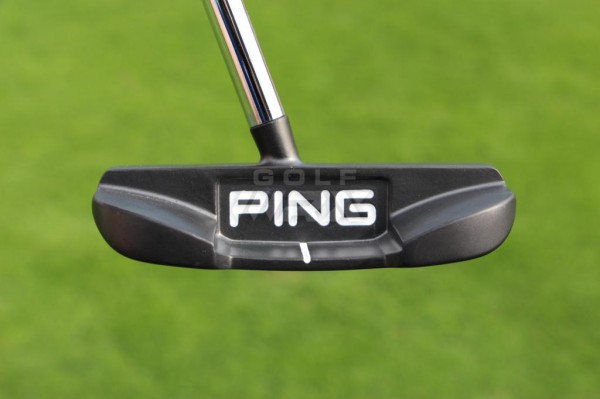
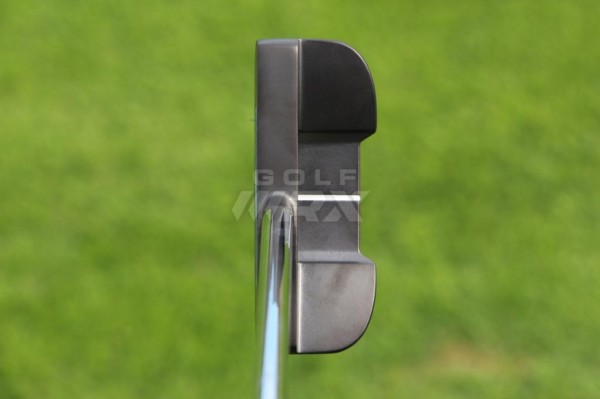
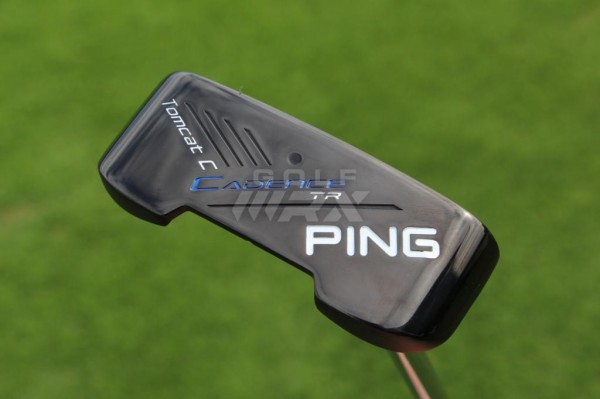
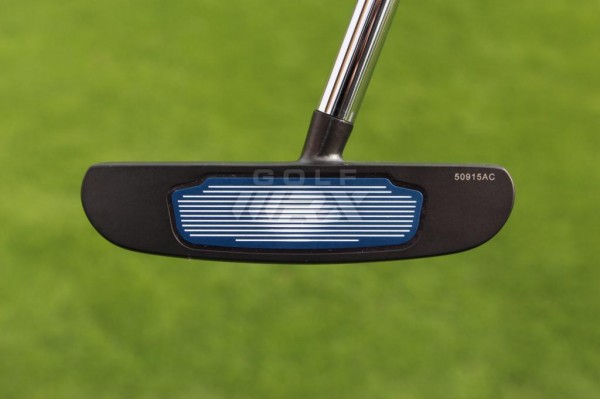
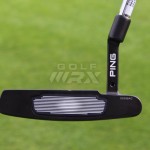


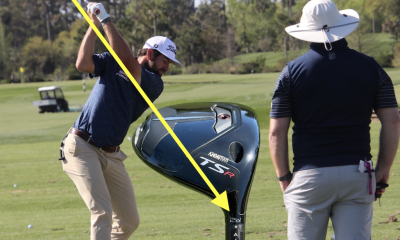

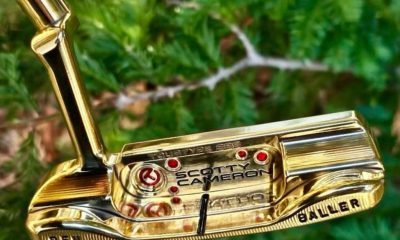



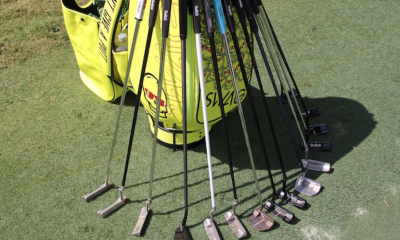

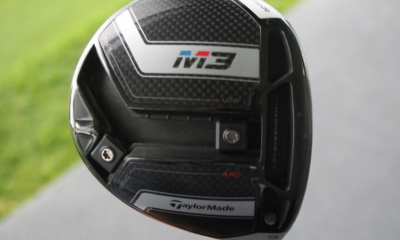

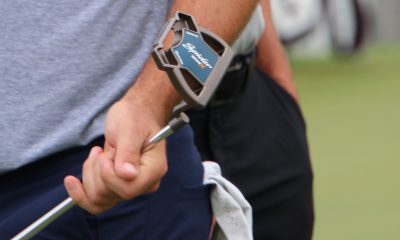
















gary u
Jun 5, 2015 at 11:51 am
I bought the Rustler for alignment purposes – sight line is great. The heavy version helps with putts inside 8-10′ since I am more a pendulum style putter. Basically I can take it back and then the heavy head starts back down the same line – otherwise let it swing “itself” toward the ball. On longer putts, took some practice but definitely improved my putting from inside 10′.
CT
Jan 12, 2015 at 1:36 pm
I struggle to perceive how the normally weighted Cadence TR is different from the Scottsdale TR
Marklar
Jan 12, 2015 at 12:49 pm
WHAT?!?! NO CB model on for the Ketsch?
Ben
Jan 12, 2015 at 12:07 pm
No Zing or Anser 4 style is really disappointing.
Jay
Jan 12, 2015 at 11:41 am
I’m a little disappointed with this release. I really like the TR tech, but this looks like the Scottsdale TR with a heavier head. Also, not a fan of the blue insert.
Vytas Tarulis
Jan 12, 2015 at 11:26 am
What about the Tomcat C?
Zak Kozuchowski
Jan 12, 2015 at 11:30 am
Photos added
Curt
Jan 12, 2015 at 11:26 am
I have been waiting for OEM’s to do this for quite some time. Using a whole roll of lead tape gets old………………..
Jimmy s
Jan 12, 2015 at 11:17 am
Thats the updates ketch cant wait to try that one and the anser w i love my ” defective groove ” ketch now cant believe it could be made better.